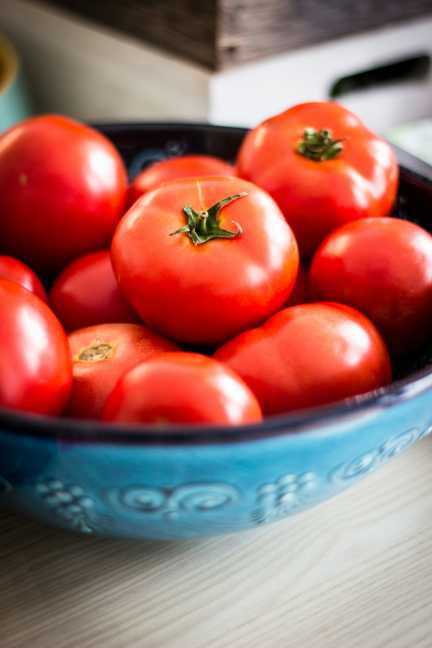As we eagerly await the arrival of spring, many gardeners are gearing up to start planting seeds indoors. Seed starting can be a rewarding and cost-effective way to jumpstart your garden, but it can also be a bit daunting for beginners. However, with the right knowledge and preparation, seed starting can be a successful and enjoyable experience.
Here are some secrets to successful seed starting:
1. Start with Quality Seeds: The first step to successful seed starting is to ensure that you are starting with high-quality seeds. Look for reputable seed companies that sell organic, non-GMO seeds. Avoid using old or expired seeds, as they may not germinate properly. Investing in quality seeds will ensure a higher success rate and healthier plants.
2. Use the Right Soil Mix: When starting seeds indoors, it is important to use a light and well-draining soil mix. Avoid using garden soil, as it is too heavy and may contain pathogens that can harm seedlings. Instead, opt for a seed starting mix or make your own by combining peat moss, vermiculite, and perlite. This will provide seeds with the necessary nutrients and aeration for healthy root development.
3. Provide Proper Lighting: Proper lighting is crucial for successful seed starting. Most seeds require 12-16 hours of bright light per day to germinate and grow into strong seedlings. If you are starting seeds indoors, consider using a grow light or placing seedlings near a sunny window. Keep the light source close to the seedlings to prevent leggy growth.
4. Maintain Adequate Moisture: Seeds need consistent moisture to germinate and grow. Keep the soil mix moist but not waterlogged, as this can lead to damping off, a fungal disease that can kill seedlings. Use a spray bottle or watering can with a fine mist to water seedlings gently. Consider covering trays or pots with a plastic dome to maintain humidity levels.
5. Provide Proper Ventilation: Good air circulation is essential for preventing mold and disease in seedlings. Consider placing a small fan on a low setting near your seedlings to promote air circulation. Avoid overcrowding seedlings, as this can also lead to poor air circulation and disease.
6. Follow Seed Starting Guidelines: Different seeds have different requirements for germination and growth. Refer to the seed packet or a reputable gardening resource for specific guidelines on planting depth, temperature, and spacing. Some seeds may require stratification (a period of cold treatment) before planting, while others may need scarification (scratching the seed coat) to promote germination.
7. Monitor and Adjust: Keep a close eye on your seedlings and make any necessary adjustments to ensure their success. Check soil moisture daily and adjust watering as needed. If seedlings become leggy, adjust the lighting or temperature to encourage more compact growth. As seedlings grow, gradually acclimate them to outdoor conditions before transplanting them into the garden.
By following these secrets to successful seed starting, you can increase your chances of growing healthy plants from seed. Remember that patience and consistency are key to a successful seed starting experience. Happy planting!


